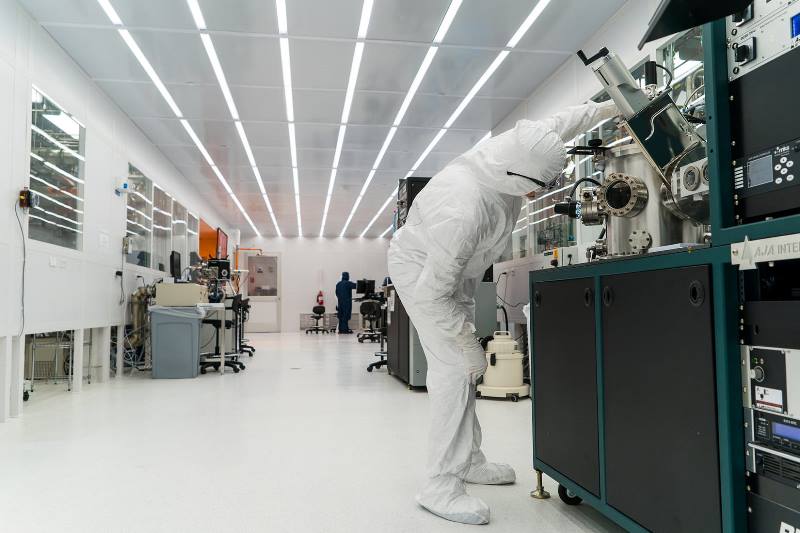
The US Army has signed a cooperative agreement with Rice University to conduct research in next-generation networks and advanced materials.
The five-year, $30m agreement seeks to deliver revolutionary technologies to the army. The research work will enable advanced intelligence, surveillance and reconnaissance capabilities.
The research team comprises personnel from the Army Research Laboratory (ARL) and Rice University, and will focus on next-generation wireless networks and radio frequency (RF) electronics.
ARL Army Combat Capabilities Development Command director Phil Perconti said: “This is all about modernisation for the US Army.
“Our relationship with Rice is setting the stage for bringing new, disruptive research technologies, transformative research, to the army so that it can increase its capabilities in the future.”
The partnership dates back to April this year when commanding general US Army Futures Command general John Murray visited Rice University to explore partnership opportunities to drive army modernisation.
The ARL-Rice diamond materials team is jointly led by Rice Department of Materials Science and NanoEngineering chairperson Pulickel Ajayan and ARL Electronics and RF Division branch chief Tony Ivanov.
The team is focused on developing an ultrawide-bandgap successor to gallium nitride to deliver improvements in RF electronics.
In a release, Rice University stated that enhancements in RF hardware could also help efforts to improve the process of setting up and managing wireless networks.
One of the priorities is to build a facility at the university for ‘growing ultrapure diamond films and heterostructures of diamond and other materials that can be used in RF electronic prototypes’.
The networking team is working on building distributed, self-aware networks capable of detecting attacks and protecting themselves by adaption or stealth.
ARL South regional director Heidi Maupin said: “We want to deliver the capability of quickly deploying secure, robust army communications networks wherever and whenever they’re needed.
“The technology needed for that will benefit the world by transforming the economics of rural broadband, reducing response times to natural disasters, opening new opportunities for online education and more.”



